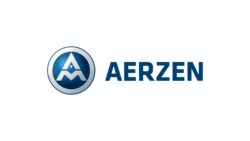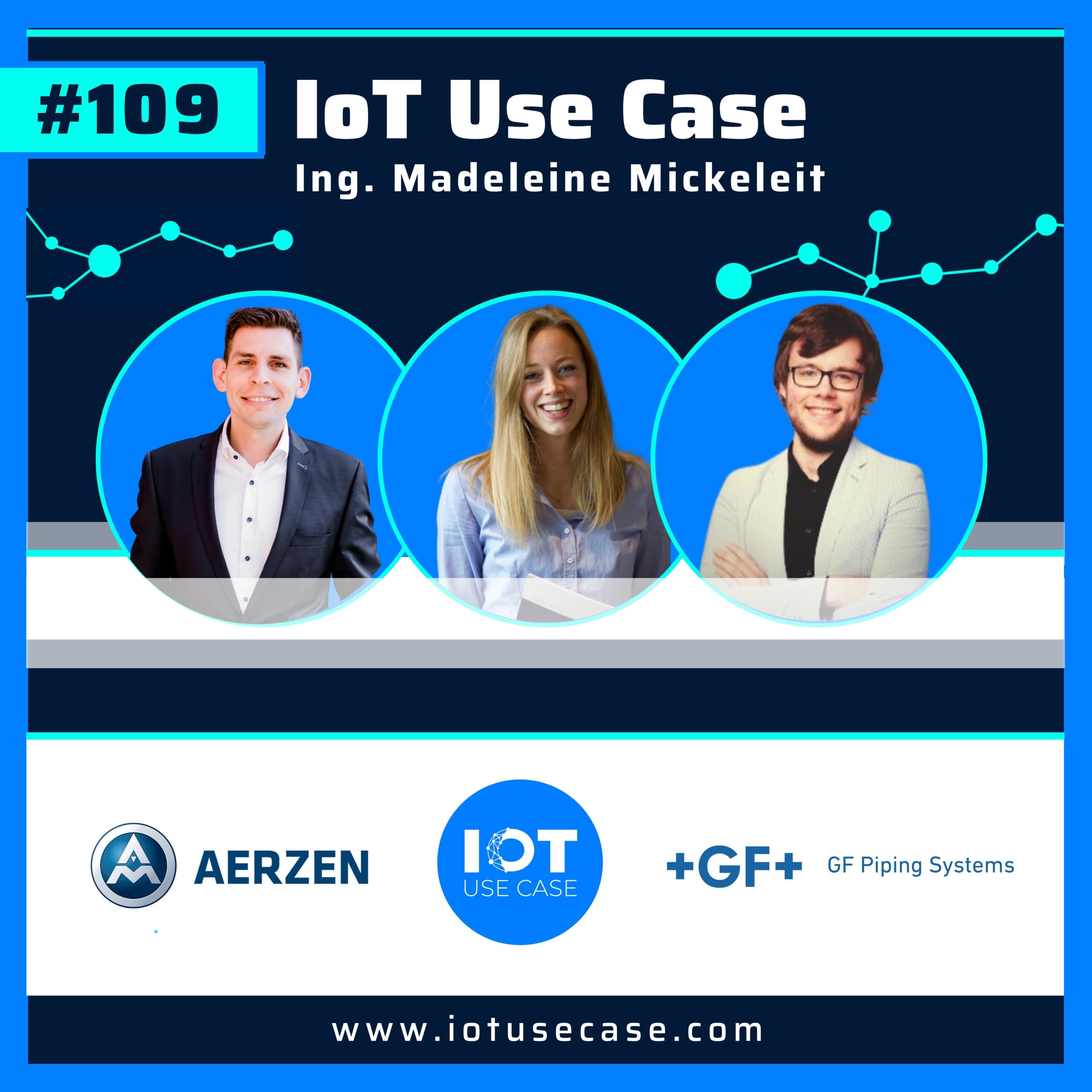In the coming years, demand for water will greatly exceed supply. One alternative is treated wastewater. However, the high energy and maintenance costs of wastewater treatment plants are an additional challenge. Modern technologies such as the Internet of Things (IoT) and digitalization offer solutions for optimization.
The challenge: Wastewater treatment plants have high energy and maintenance costs
The demand for fresh water continues to rise. It will exceed global supply by around 40 percent by 2030. One of the largest consumers is the agricultural sector, which uses around 70 percent of all freshwater supplies for field irrigation. One obvious idea is wastewater treatment. This is because purified and filtered water is an alternative for use in agricultural technology and saves drinking water. What’s more: In many countries, there are neither enough wastewater treatment plants nor a comprehensive sewage system. This also applies to Europe. Only around 55 percent of all wastewater is actually treated in accordance with EU regulations.
Germany is in a privileged position in comparison, as it has around 10,000 wastewater treatment plants. However, there is also a problem here: the existing wastewater treatment plants are not necessarily state-of-the-art and rely on processes that were established 100 years ago. They therefore consume around 4400 gigawatt hours of electricity every year, three quarters of which is wasted by modern, sustainable standards. They therefore consume approximately 4400 gigawatt-hours of electricity annually, of which three-quarters are wasted according to modern sustainable standards. They can be optimized with IoT and digitalization, for example through intelligent ventilation and process air generation and by avoiding energy wastage due to temperature differences and pressure losses. This can save energy costs on the one hand and reduce CO2 emissions on the other.
Three key players have pooled their expertise to develop measures to tackle the problem. Aerzen Maschinenfabrik manufactures high-performance blowers and screw compressors, while GF Piping Systems from the Georg Fischer Group produces system solutions for water treatment. Aerzen Digital Systems GmbH is a provider of IoT and digitalization solutions for industry that emerged from Aerzen’s digital transformation.
The solution: Monitoring and predictive maintenance with digital services
Advances in digitalization and the Industrial IoT have made it easy to operate high-performance treatment plants decentrally. At the same time, it is possible to retrofit existing wastewater treatment plants and connect the machines to the IoT. The existing blowers and compressors are already highly energy-efficient and hardly need any further technological development.
Various external factors, such as clogged air filters or increased intake temperature due to exhaust air, contribute to inefficient operation of the machines, which can result in a significant increase in consumption. For example, the two factors mentioned above alone lead to an increase in energy consumption of up to eight percent.
Measurements with modern digital sensors enable the collection of machine data and water quality data. When forwarded to the Industrial IoT, this data is collected and evaluated centrally. This means that the operator knows what condition the individual plants are in and can send a technician there to carry out maintenance if necessary.
AERprogess: Modular digital services
AERprogess is a modular solution consisting of customized digital services for compressors and blowers. It offers surveillance and monitoring of the entire plant, preventive maintenance and control of energy consumption. The system determines CO2 values, energy costs and air quality. It uses existing measuring points and additional, retrofitted sensors for this purpose.
The data is sent to the cloud via the IoT and then transmitted to the control room, where it is processed. The cloud platform provides information about operational states, probabilities of failure, and optimization opportunities. AERprogess consists of the following three modules:
- The basic “Machine Park Management” module offers live monitoring of the entire plant, real-time reports at the touch of a button and detailed maintenance and servicing logs. This allows the operator to analyze the availability and utilization of all connected machines.
- The platform module “Condition Monitoring” assesses machines with regard to necessary maintenance tasks (Predictive Maintenance). As a modern AI solution, it informs the operator about the current condition of the plant and indicates when maintenance is required – before the machine comes to a standstill.
- Among other things, the “Energy Management” module processes intake temperatures, differential and intake pressures, machine operation and the condition of filter cartridges. It shows additional consumption and thus allows energy efficiency to be improved.
The result: Higher energy efficiency of wastewater treatment plants
AERprogess offers a modular solution consisting of digital services that enable monitoring of the entire plant, preventive maintenance (predictive maintenance) and control of energy consumption. These technologies not only reduce energy consumption, but also CO2 emissions. The system is a comprehensive solution for modernizing and increasing the efficiency of wastewater treatment plants.








